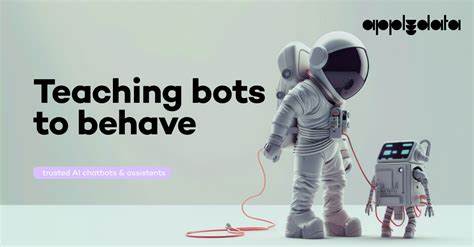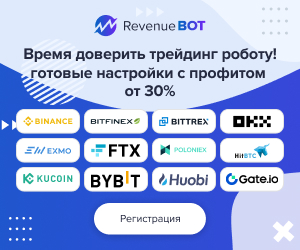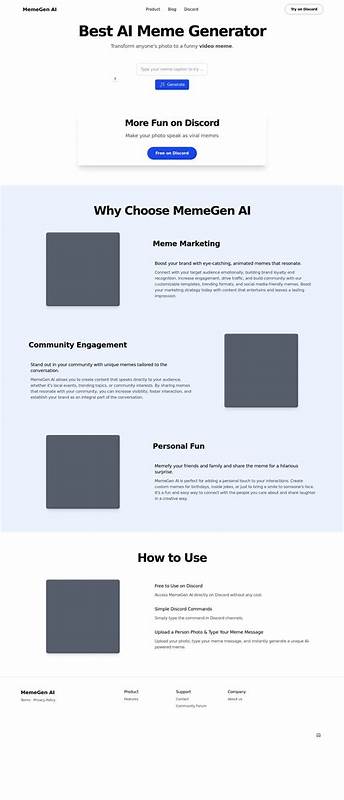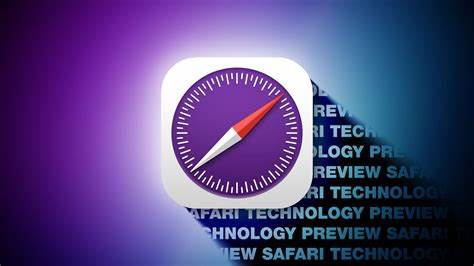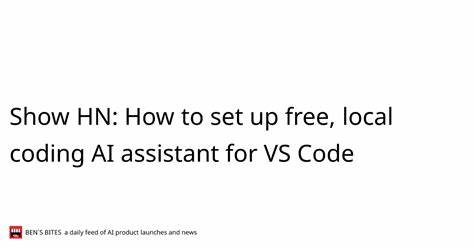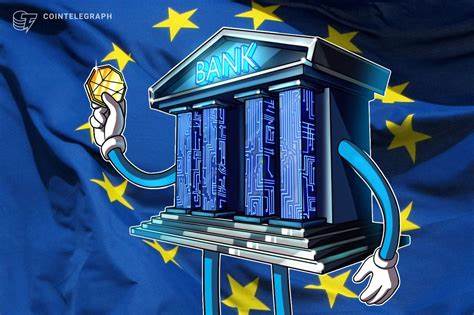Internet has evolved tremendously over the past three decades. In the early days, there was a simple unwritten agreement: content creators published their work on the web, and search engines would send users their way, directing valuable traffic and potential audiences to these creators. This symbiotic relationship allowed creativity and information to flourish, as websites benefited from visitors coming via various search engines and directories. However, with the exponential rise of AI technologies, especially those that harvest data to train models or provide AI-driven search results and responses, this arrangement is undergoing significant strain. Today’s AI bots consume enormous amounts of content from across the world wide web, digesting articles, videos, images, and more to fuel machine learning models.
The key issue lies in the fact that, in contrast to traditional search engines, many AI models do not reciprocate by directing traffic back to the original content creators. They often provide answers, summaries, or generated content to end users without pointing toward the sources, depriving creators of the essential web traffic needed for sustainability and growth. This shift has led to widespread debate and concern surrounding the ethics and fairness of AI bots’ behavior toward websites and their owners. Are AI companies respecting the basic rules that the web has functioned by for decades? Are their crawlers following web standards like robots.txt protocols, thereby respecting site owners’ wishes? How transparent are these companies in verifying their crawling operations? These questions have spurred initiatives tracking how well AI bots adhere to best practices.
One of the primary measures of good bot behavior involves verifying the legitimacy of web crawlers. Organizations can do this by publishing and maintaining lists of verified IP addresses from which their crawlers operate. This transparency allows website administrators to confirm that a visitor is genuinely a crawler affiliated with a given company and not a malicious actor pretending to be one. Beyond IP verification, emerging industry standards such as WebBotAuth provide a more secure form of identification that uses cryptographic signatures, improving trust and accountability. Another crucial aspect is how bots separate their crawling purposes.
Many AI companies deploy multiple crawlers with different user-agent identities, each tailored for unique functions such as training data collection, live inference supporting chatbot responses, and traditional web indexation akin to search engine indexing. This separation respects the nuances of data usage and allows website owners to manage access more precisely, controlling which parts of their content are used for which purpose. Respecting the directives specified in robots.txt files is considered a fundamental requirement for any responsible crawler. This widely adopted web standard enables site owners to indicate which areas of their site should not be accessed by bots, protecting sensitive information or monetized content from unauthorized scraping.
Complying with such rules prevents server overload, protects user privacy, and upholds the rights of content creators. According to recent publicly available data from Cloudflare in 2025, among leading AI operators, only OpenAI fully meets the criteria of well-behaved crawlers by publishing verified IP addresses, working toward WebBotAuth implementation, using separate user-agents, and strictly obeying robots.txt rules. Google and Meta, despite being major players in AI, lag in some respects such as verifying crawlers through WebBotAuth and separating their crawlers properly, though they do respect robots.txt files.
Companies like Anthropic and Grok currently do not verify their crawler IPs nor use WebBotAuth, making it unclear if they reliably honor robots.txt restrictions. ByteDance stands out negatively in this context, lacking verification methods and not adhering to robots.txt, which raises legitimate concerns among content owners. This variance in bot behavior highlights the ongoing challenge faced by the web community.
While AI innovation brings tremendous benefits, unchecked data harvesting without appropriate respect for creators threatens the sustainability of the open web ecosystem. Builders of AI models must balance their data needs against the rights and wishes of those who generate the source content. Several tools and platforms have emerged to empower website administrators to manage crawler access proactively. For example, Cloudflare offers services that enable automatic creation and adjustment of robots.txt files, allowing site owners to block or permit different AI crawlers selectively.
This fine-grained control facilitates protecting monetized content while still allowing other parts of the site to contribute to AI training under the site owner’s terms. For content creators, staying informed about how AI companies treat web crawling can help them make decisions about publishing and managing their online presence. Being vigilant about bot traffic patterns, understanding verified crawler sources, and utilizing technical controls form part of the modern webmaster’s toolkit. Looking ahead, the adoption of improved verification standards like WebBotAuth combined with greater transparency from AI operators is essential to rebuild trust between content creators and AI services. Authorities and industry groups may also play a role in establishing norms and potentially regulations that ensure fair treatment of web data.
Furthermore, the debate is nuanced. Responsible AI use extends beyond crawlers behaving well to how AI-generated content credits original creators and how the value extracted from web data is shared in the digital economy. As AI continues to embed itself into everyday tools and experiences, balancing innovation with fairness will remain paramount. In conclusion, while some AI bots are indeed “behaving” by adhering to established web standards and fostering a more equitable ecosystem, many others still fall short. The path forward involves ongoing monitoring, technological improvements in bot authentication, better tools for site owners, and a concerted push for ethical AI data practices.
Only by upholding these principles can the internet remain a vibrant, open environment that benefits creators, users, and AI developers alike.
